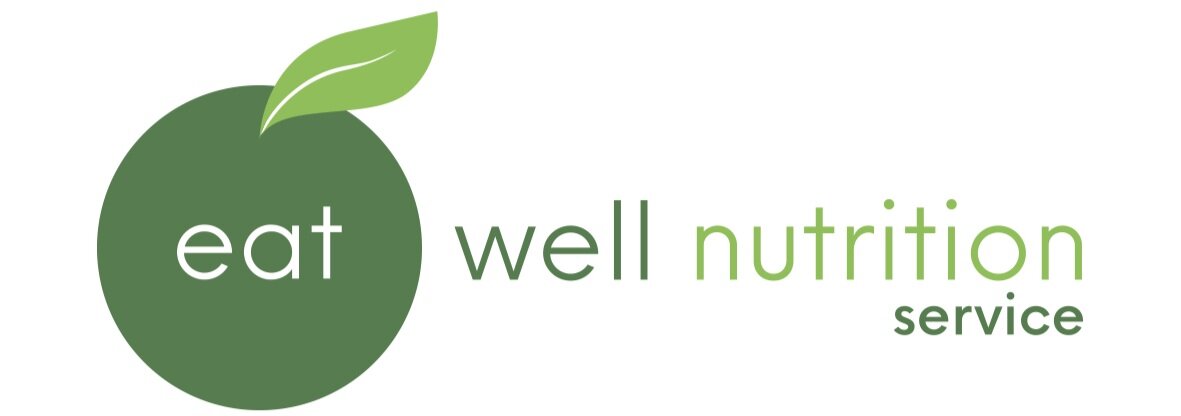The Art of Mindful Eating
In today’s world so many outside factors influence what, when and how much we eat.
Consider those occasions when you eat in front of the TV and before you know it, the packet of biscuits are gone. Eating fast, on the run, or whilst distracted by other activities, can lead to eating more than you realise or need.
Mindful eating is a term coined for the act of simply paying more attention to your food, body cues and the art of eating. It involves eliminating distractions and checking in with hunger and fullness.
Brian Wansink is a world expert in eating behavior and mindful eating. He has conducted many experiments, and his findings can help guide us to become more mindful eaters. Here is an overview of just a few studies he has conducted, and some simple lessons we can take away from the results:
Ice Cream:
People given free access to ice cream ate more when they had a bigger bowl and bigger scoop. The more variety of flavours of ice cream on offer, the more people consumed.
Lesson: Use smaller bowls and cutlery, and limit the variety of foods available at each meal to help you eat less.
Popcorn:
People entering the movies were given either a large bucket of popcorn or an extra large bucket. Those given the extra large bucket ate more.
Lesson: The bigger the serve, the more you will eat. They repeated this study with stale popcorn and the results were the same! Even if you don’t really enjoy it – the more food available, the more you will eat. Always choose the small size.
Chicken Wings:
Two groups of hungry students were continually served chicken wings. For the first group, the chicken bones were left on the table. For the second group the bones were removed as they ate. The first group ate less as the bones were a reminder of how much they had already eaten.
Lesson: We eat less if we are reminded of what we have already eaten.
More tips for eating mindfully
Always serve food on a plate – never eat out of a packet
Use smaller plates and cutlery
Take small portions. If you think you need seconds, wait 10-15 minutes as you actually may not feel like it once you have started to digest the meal
If you are still hungry, eat extra vegetables or salad
Drink from tall narrow glasses instead of short and wide glasses (you will pour less)
Minimise distractions. Turn off the TV and concentrate on the process of eating
Tune in to your senses. Enjoy the sight, smell and taste of the food
Be the last person to start eating and aim to be the last person to finish
Eat slowly until just full but not overfull
Chew each mouthful well and put cutlery down between mouthfuls. Consider the taste and texture of every mouthful you eat
Use a teaspoon for cakes or desserts and take tiny mouthfuls
For those really tempting treats: Eat only 5 mouthfuls
The first two you will enjoy
The second two will satisfy you, and
The fifth will give you a chance to say goodbye to the treat before guilt comes a knocking at your door.
Use chopsticks with Asian dishes. If you are not an expert this will definitely slow you down!
Practice these tips and become a more mindful eater!
In summary, practice being more mindful of your hunger, what you feel like eating and concentrate on the process of eating, to become satisfied on less and enjoy your food more.
